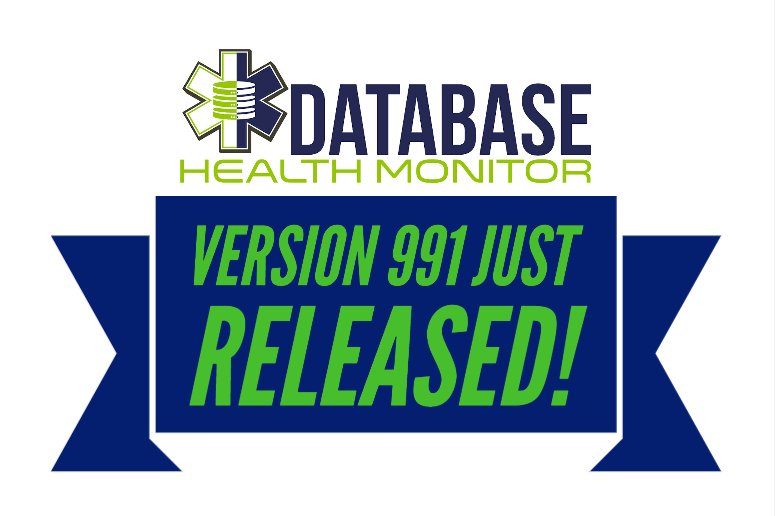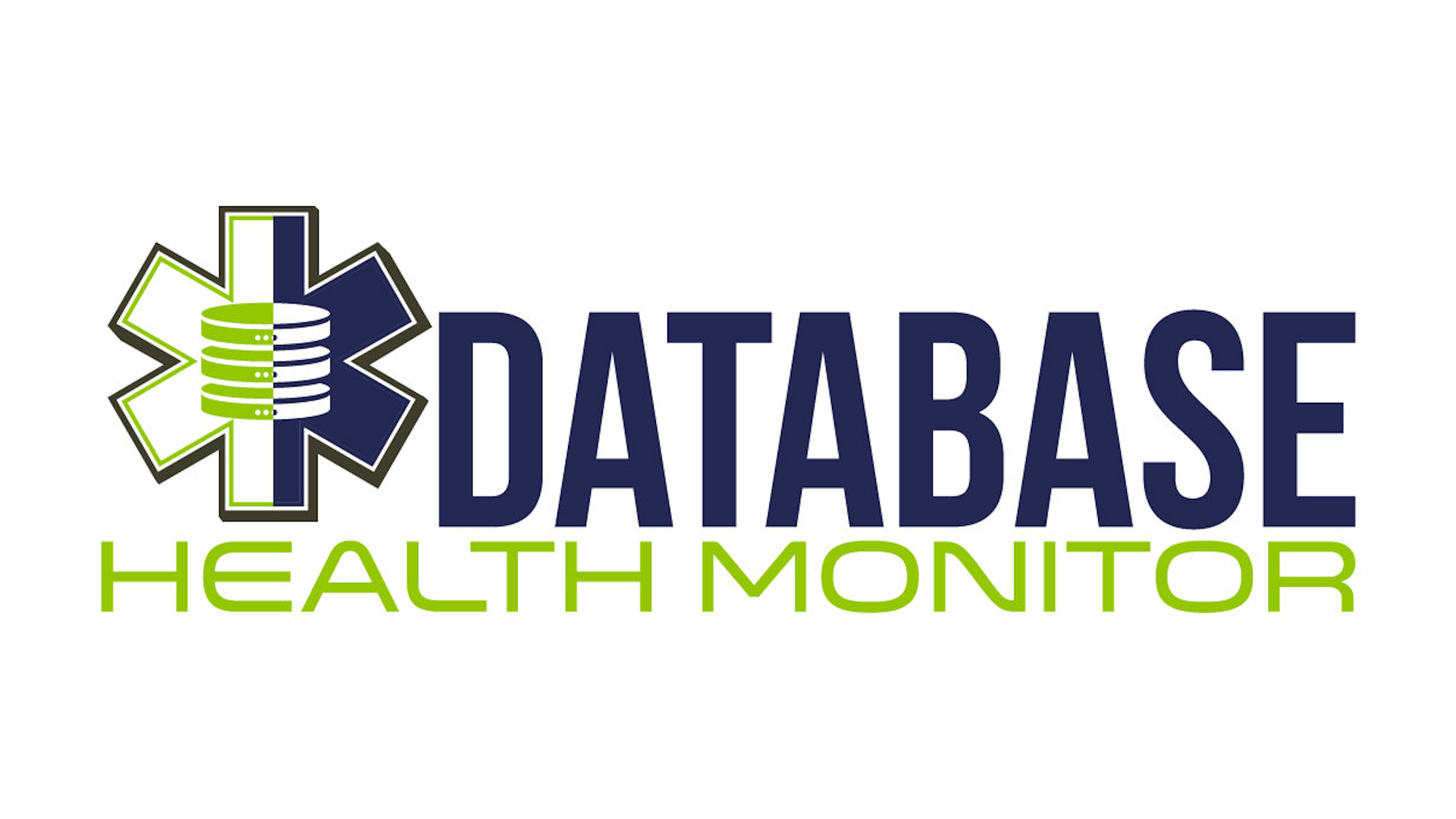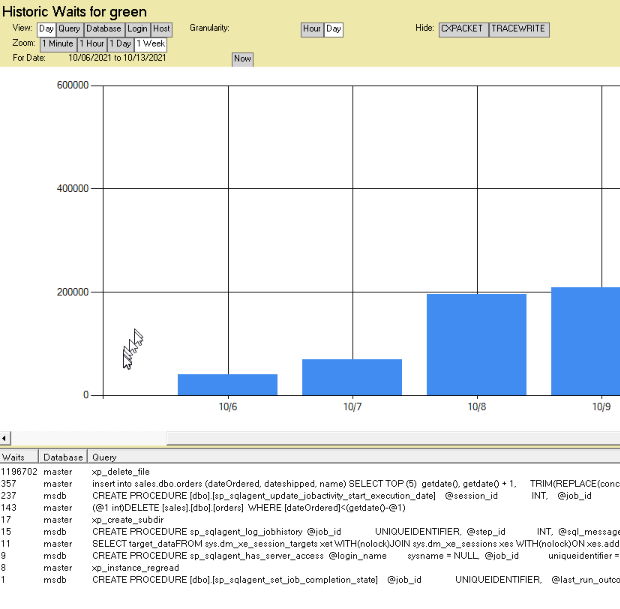Live Recording of Steve Stedman and dotNetDave on “Rockin’ the Code World”
Last Saturday Dave and I had a fun talk about SQL Server, developers, DBAs, ransomware and Database Health Monitor on his show Rockin’ the Code… Read More »Live Recording of Steve Stedman and dotNetDave on “Rockin’ the Code World”








